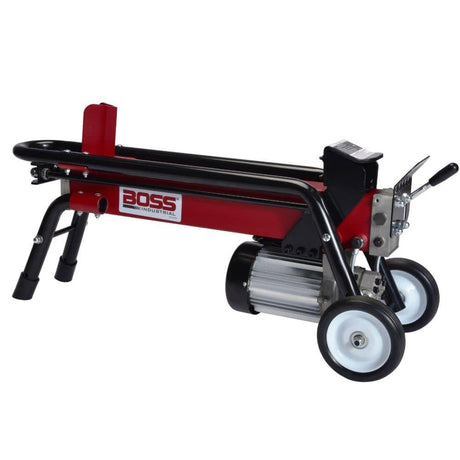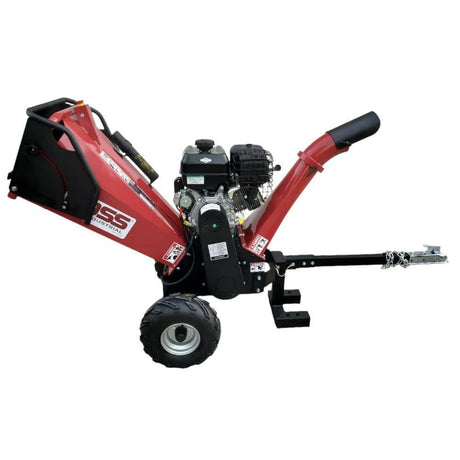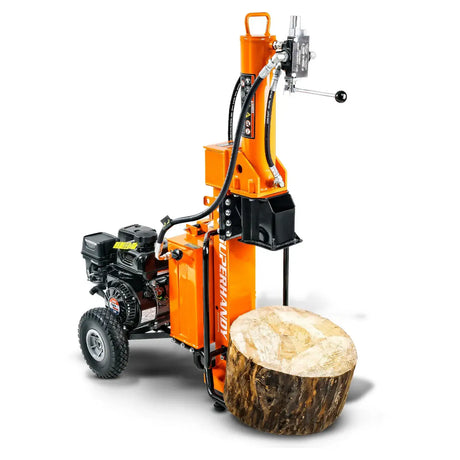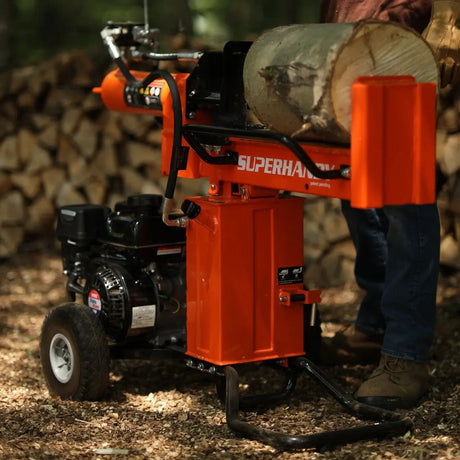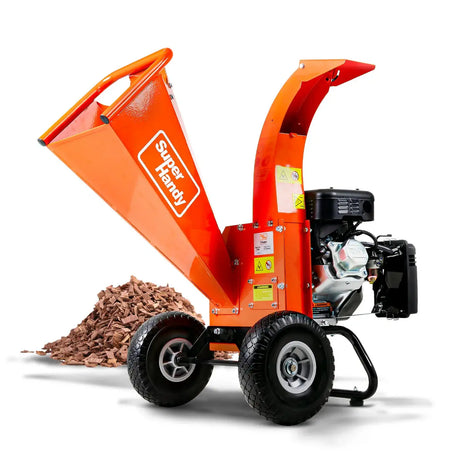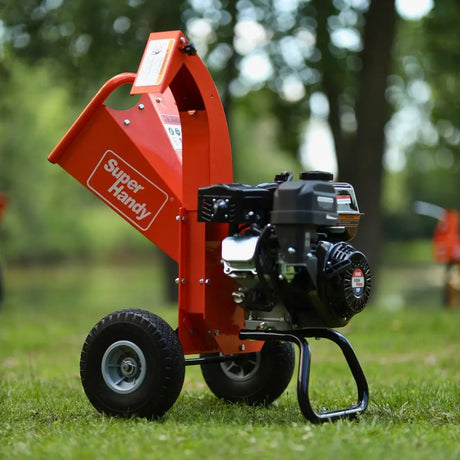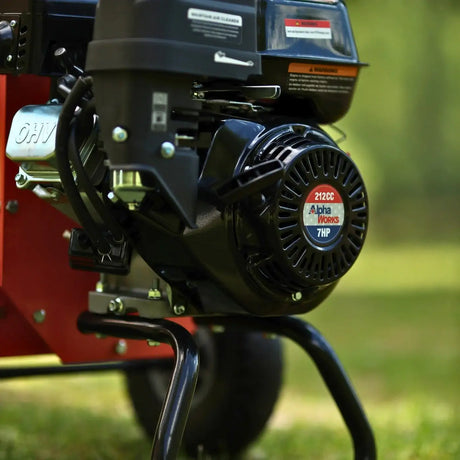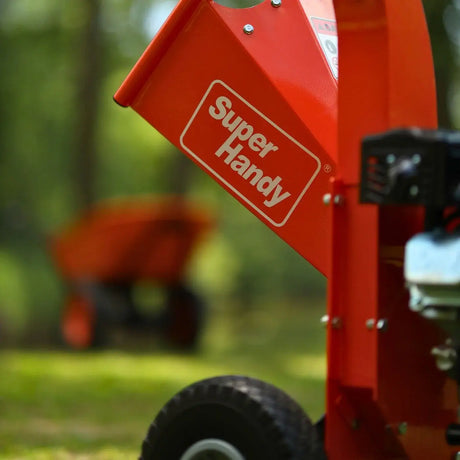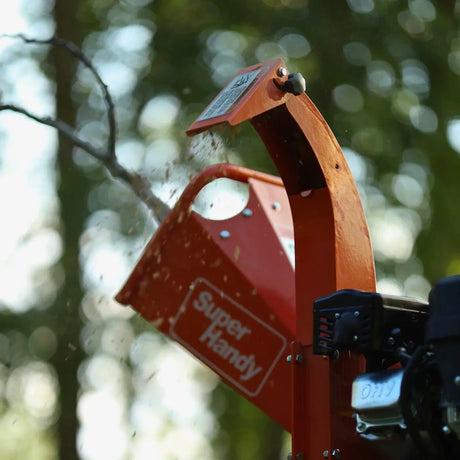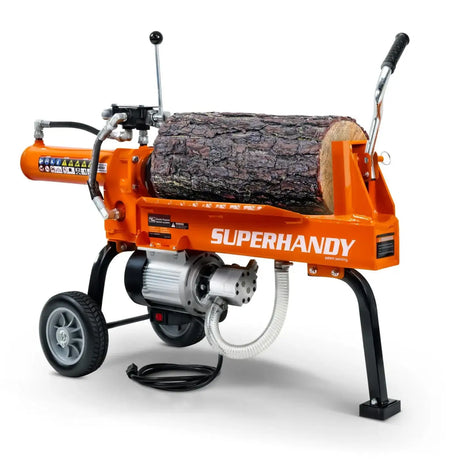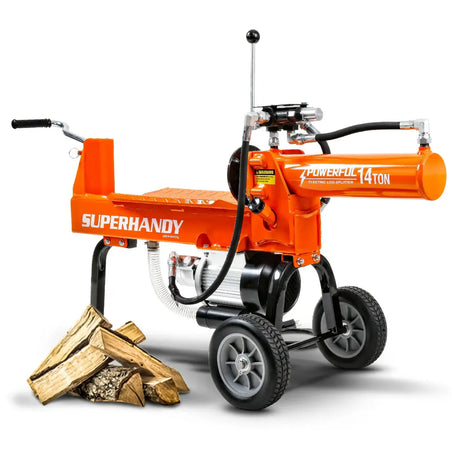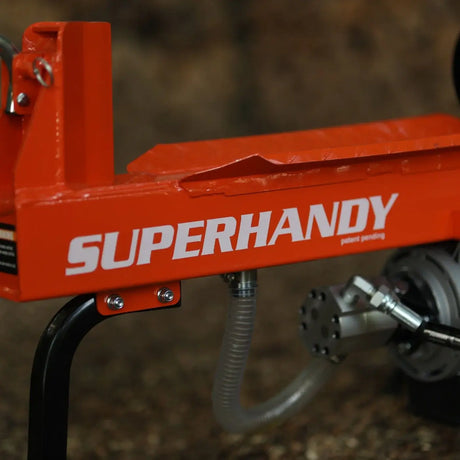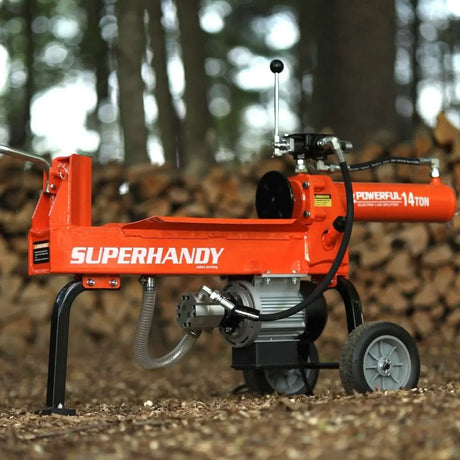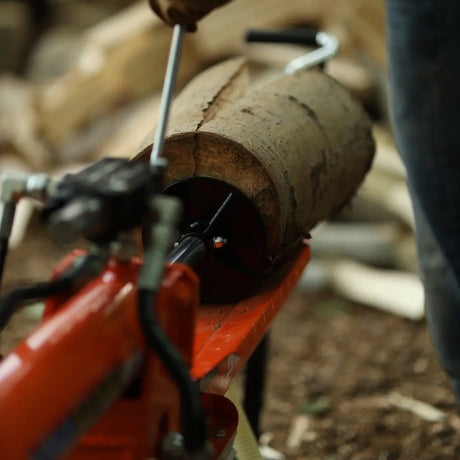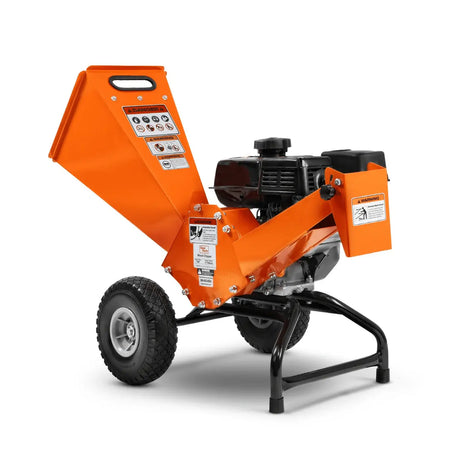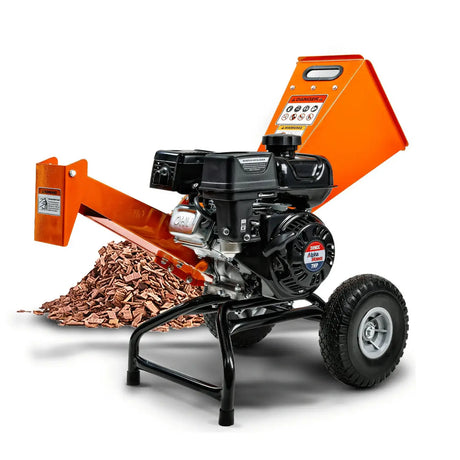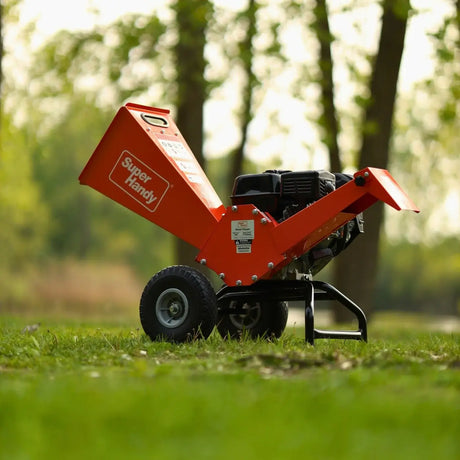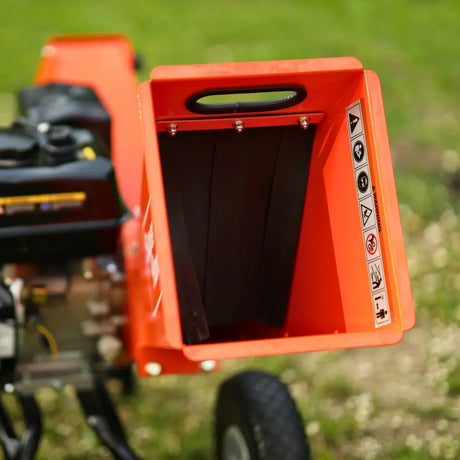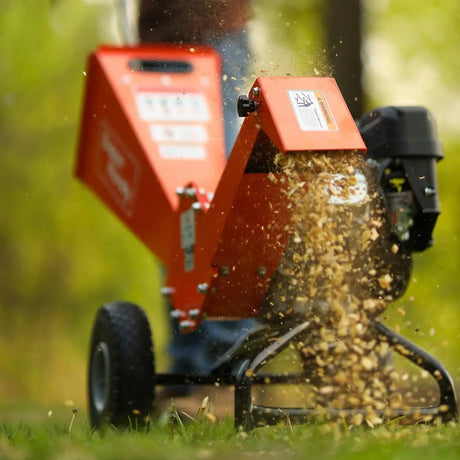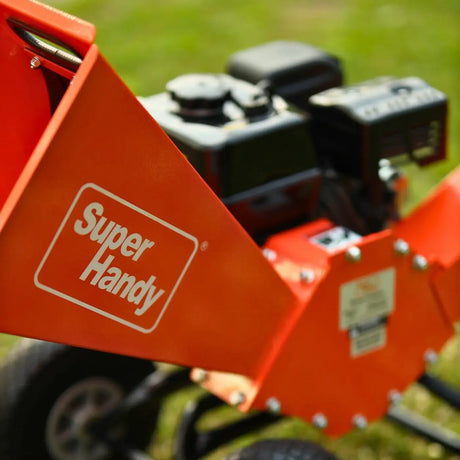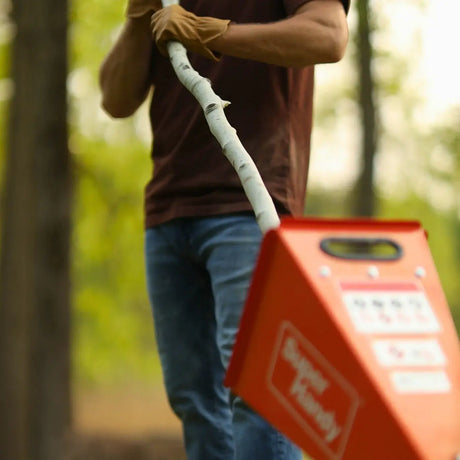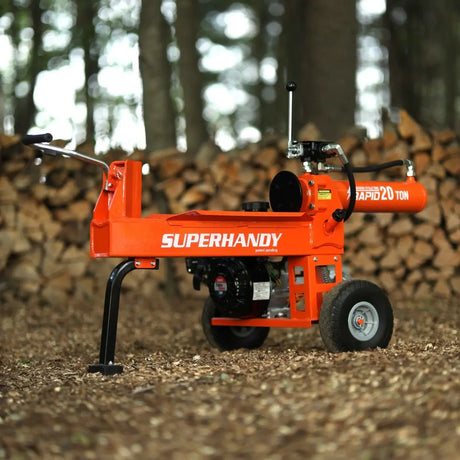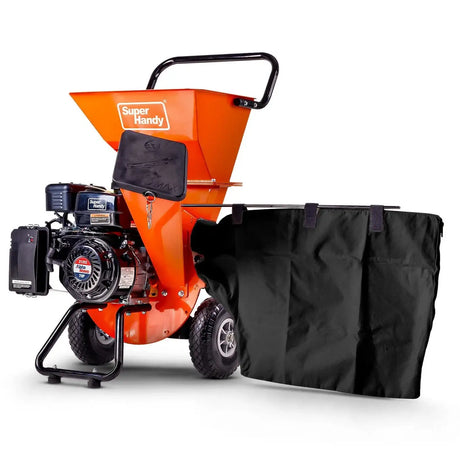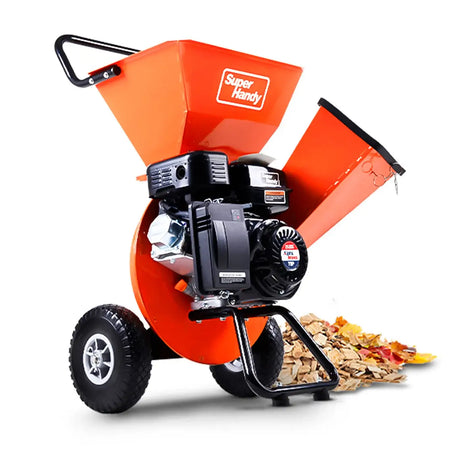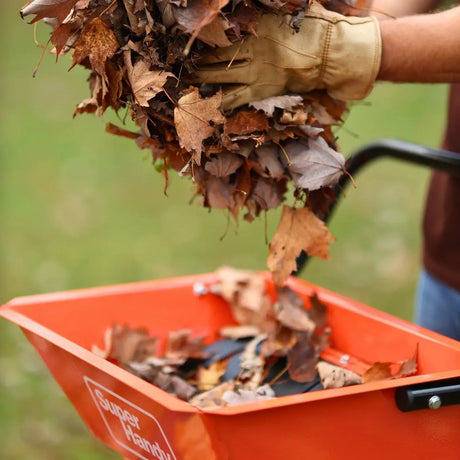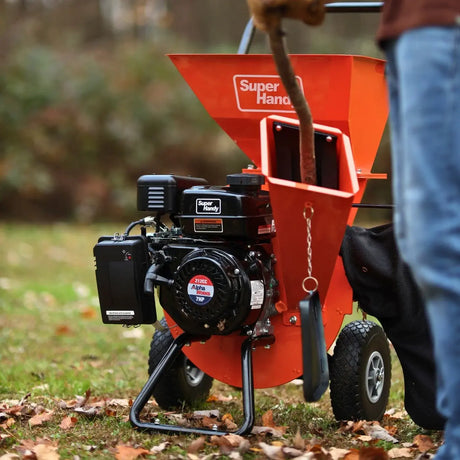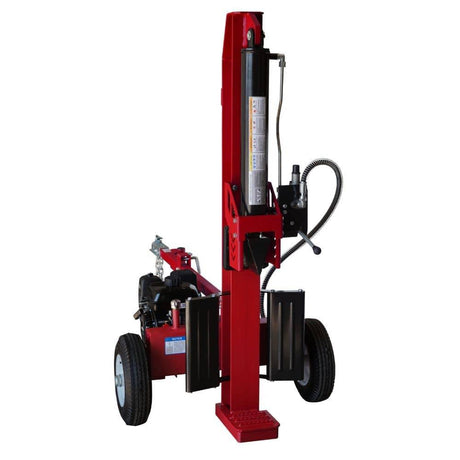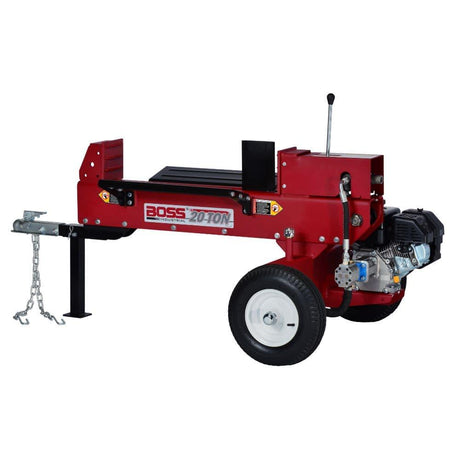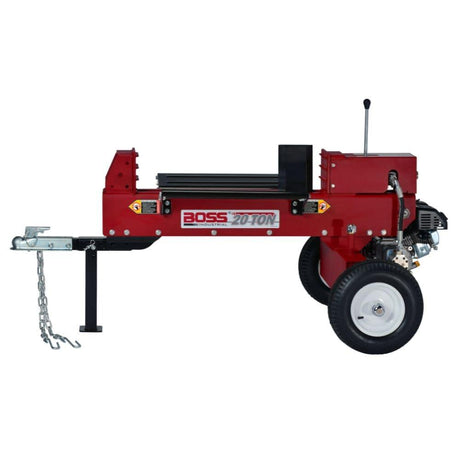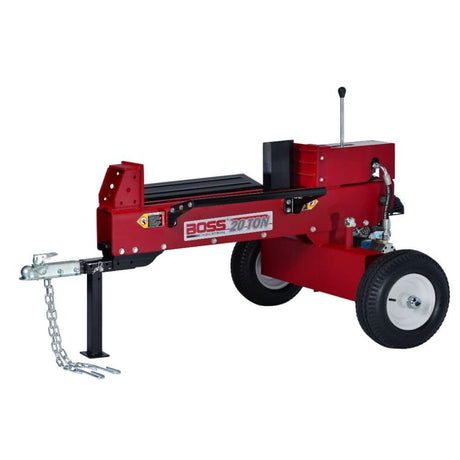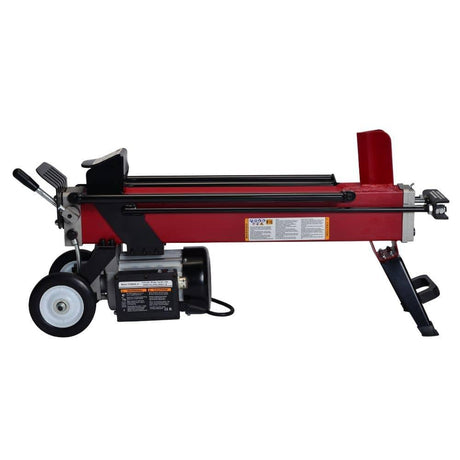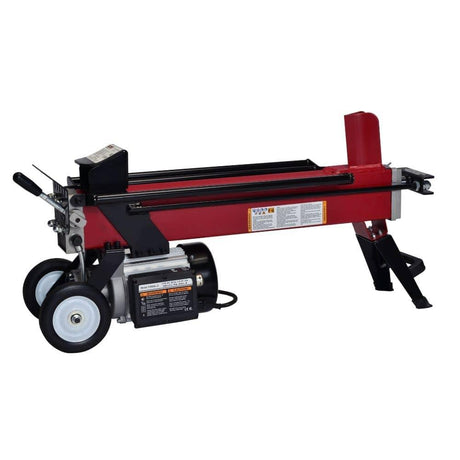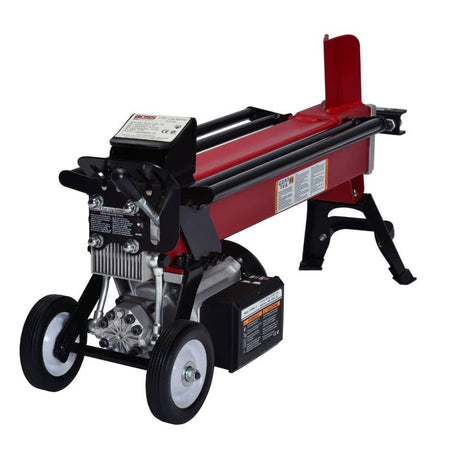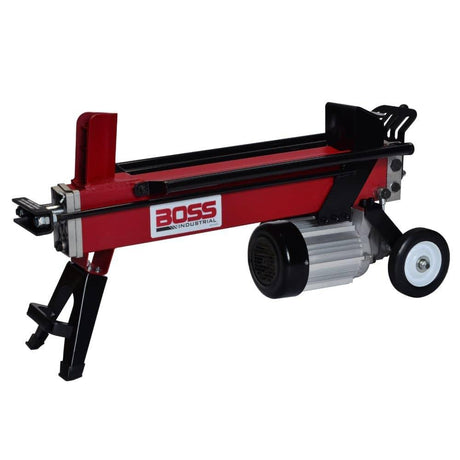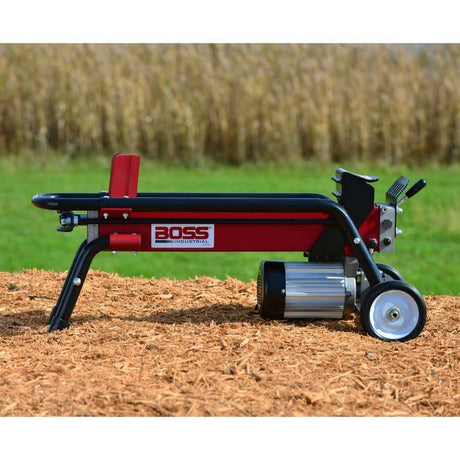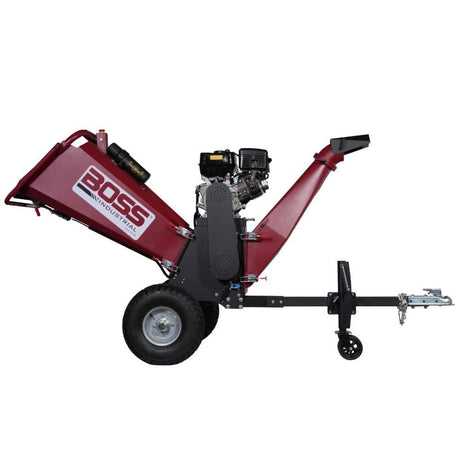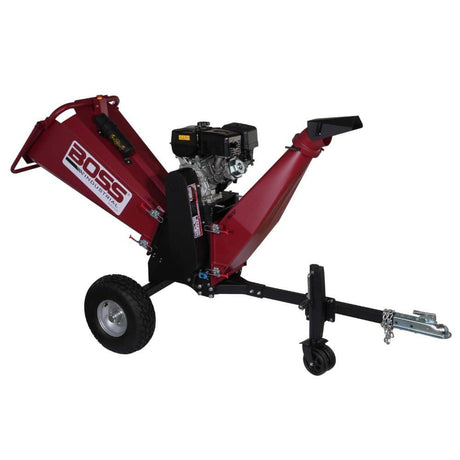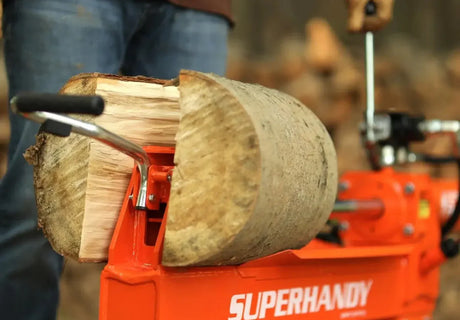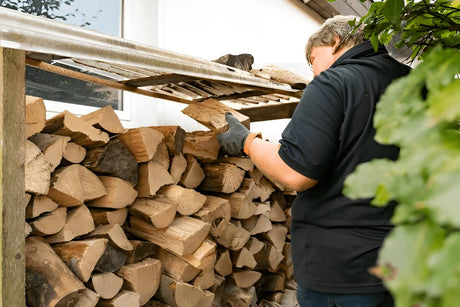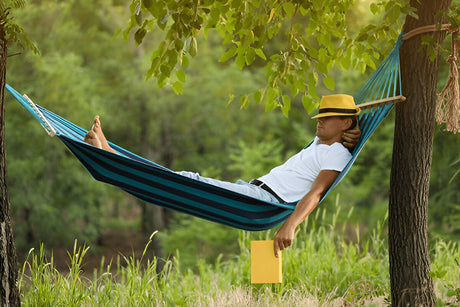Wood chips aren't just yard waste - they're one of the most versatile and underrated tools in your landscaping toolbox. Whether you're a weekend gardener or a seasoned landscape designer, these five genius ways to use wood chips around the house will open your eyes to how much more your yard can offer. Let's dig in.
If you want more ideas on using chips as mulch, check out our free mulch tips in the garden.
Key Takeaways
- Wood chips help prevent weeds, retain moisture, and enrich the soil with organic matter.
- They're perfect for garden beds, raised beds, and vegetable gardens.
- Great for everything from DIY outdoor seating to animal enclosures and rustic walkways.
- Using wood chips as organic mulch improves soil structure and supports healthy plant roots.
- A low-cost, sustainable way to manage yard waste and boost your landscaping game.

Create Rustic Pathways
Let's start with a classic: wood chip paths.
Spread wood chips along natural walking routes or between garden beds to create soft, rustic pathways, a great way to repurpose chipped yard waste without hauling it off.. They're functional, low-cost, and beautiful - a favorite trick I always recommend to clients.
Why it works:
- Wood chips act as a cushion, making paths soft underfoot.
- They allow rain to drain through easily, preventing mud buildup.
- They help prevent weeds, especially when laid over a weed barrier.
- A fresh layer every spring keeps paths looking sharp.
Pro tip: Mix in twigs, grass clippings, or chopped leaves for texture and visual interest. It's a great idea for anyone looking to clean up their outdoor space without heavy landscaping

Enhance Raised Beds
If you're using raised beds for vegetables or flowers, adding wood chips around them is a simple win.
Wood chips around the perimeter of your beds offer a clean, weed-free buffer zone that improves access and appearance. I've helped dozens of clients fix messy garden layouts by just spreading mulch around their beds.
Benefits:
- Suppress weeds without chemicals.
- Provide clean paths around vegetable beds.
- Absorb rain, reduce runoff, and improve water retention.
- Reduce mud during the growing season and winter.
Combined with organic mulch in your raised beds, this setup creates healthy soil, encourages strong plant roots, and keeps your garden easy to manage.
How do wood chips support healthy soil in raised beds?
Wood chips slowly break down and feed the soil with organic matter and nutrients, creating a rich environment for your plants. In raised beds, this means stronger roots, fewer weeds, and better long-term structure. It's a simple way to build healthy soil season after season.
How do wood chips improve water retention in garden beds?
A thick mulch of wood chips slows evaporation and helps soil hold more water - critical in hot months. Your garden beds stay moist longer, reducing how often you need to water while keeping your plants happy and hydrated.

Mulch Around Plants
This is where wood chips truly shine.
Using wood chips as mulch around plants is one of the smartest moves you can make in your garden. Whether it's shrubs, trees, or delicate flowers, a good wood mulch layer protects, nourishes, and insulates.
Here's what mulch does:
- Helps retain moisture, so you use more water efficiently.
- Acts as a natural weed barrier.
- Adds organic matter and nutrients to the soil as it decomposes.
- Shields plant roots from extreme heat or cold.
- Reduces pests and supports beneficial organisms in your yard.
Want better soil and healthier plants? This is your go-to move— especially if you're reusing stump grindings as mulch.
Bonus: Different tree species break down at different rates, so you can tailor your mulch to your garden's needs. Bark, branches, and twigs all have unique benefits.
Why are wood chips ideal for vegetable garden beds?
Laying wood chips around your vegetable garden beds helps retain moisture, block out weeds, and keep paths clean. It also limits pests and prevents soil compaction - perfect for keeping your vegetables productive all growing season long.

DIY Outdoor Seating Areas
Looking to upgrade your outdoor space without pouring concrete or breaking the bank?
If you need advice on picking and maintaining a chipper, see our wood chipper guide for step-by-step help.
Wood chips are a fantastic way to create casual seating zones, especially if you're making your own mulch with the right chipper, shredder, or mulcher.. Whether it's under trees, next to the lawn, or behind the vegetable garden, wood chips can instantly transform a patch of dirt into a cozy nook.
How to do it:
- Spread a thick layer of chips to cover and level the ground.
- Add some logs, stones, or wooden benches.
- Use edging to fill in gaps and keep it clean.
This is a great idea for hosting, relaxing, or just enjoying your morning coffee. Plus, it stays cool in summer and won't get slick after rain. I've even used this setup to build pop-up seating for garden tours - clients loved the natural look.

Improve Animal Enclosures
Got dogs, chickens, or rabbits? Wood chips can dramatically improve the health and comfort of your animal spaces.
To learn how to choose and maintain your machine, check out our Ultimate Wood Chipper Guide for all the details.
I've recommended this to small homesteads and urban pet owners alike. Compared to straw or hay, wood provides a cleaner, longer-lasting cover with far less odor.
Why it's smart:
- Drains well, so pests and bacteria stay away.
- Keeps paws dry in winter and spring.
- Helps manage kitchen scraps and waste by promoting composting in-place.
- Absorbs moisture and reduces odor in piles or bedding zones.
Just choose the right tree species - some, like black walnut, can be harmful to small animals. Stick with hardwoods and you'll be good to go.
Summary
When you think about the many benefits of wood chips, it's clear they're not just something you haul off after pruning trees or clearing your yard. They're a resource - a smart, sustainable way to create beautiful, functional spaces and enrich your soil over time.
From mulch to compost, pathways to pet areas, these 5 genius ways to use wood chips around the house offer more than just curb appeal. They're practical, cost-effective, and good for the environment.
Next time you're staring at a fresh pile of wood, don't toss it. Put it to work in your garden.
Want to create your own mulch ?



